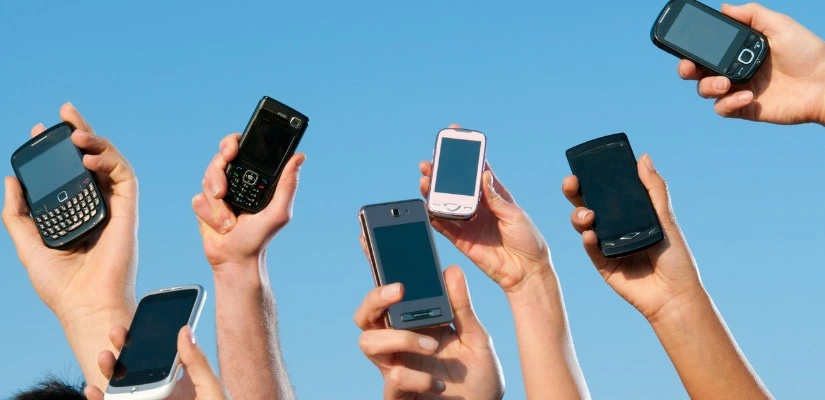TECHNOLOGY
Why Are Smartphones Distracting In Class?

In this world of advanced technologies, smartphones and tablets have made communication easier for everyone. These gadgets brought entertainment to everyone, particularly to kids and teenagers. Children of this generation as young as five know how to navigate and use smartphones.
Today, it has become a trend so much that kids can’t go to school without one. Of course, these smartphones have become a massive factor in contributing to the child’s distraction in the classroom that adversely impacted their education.







